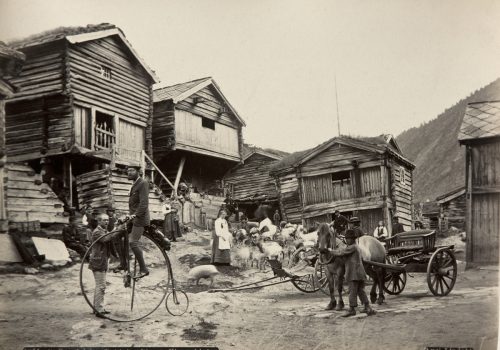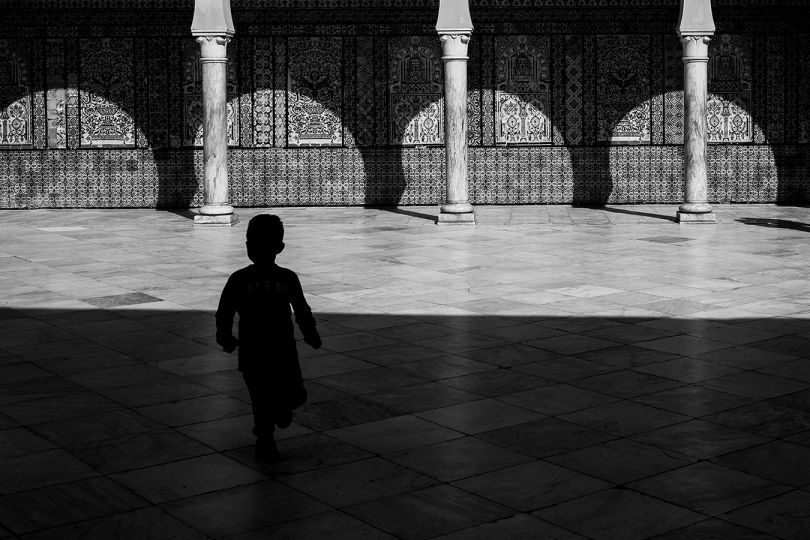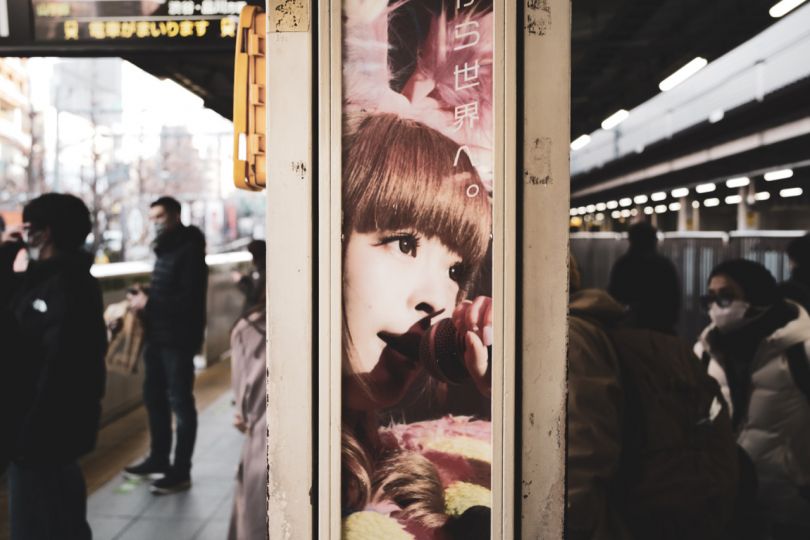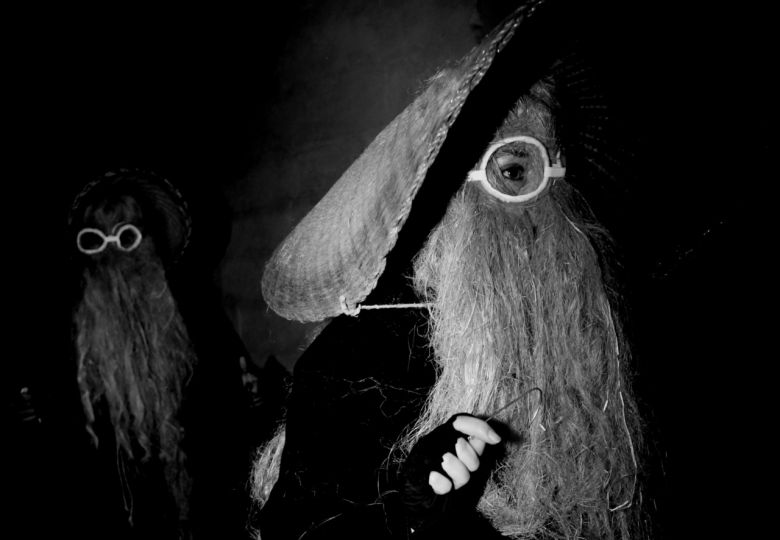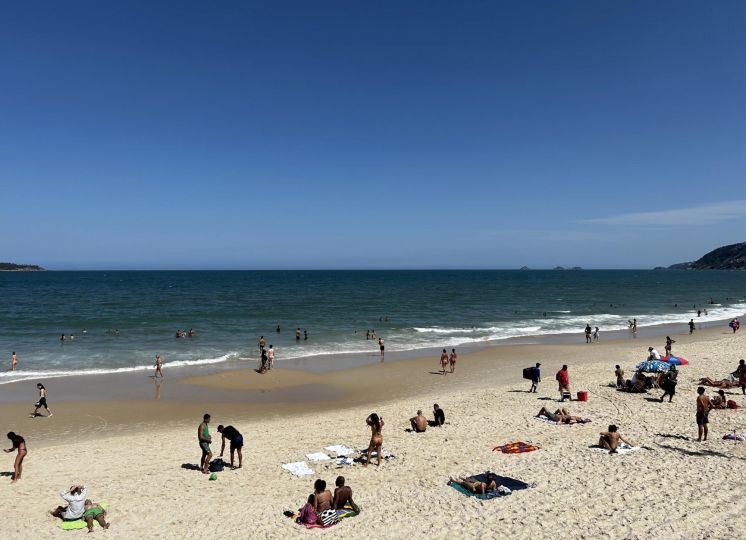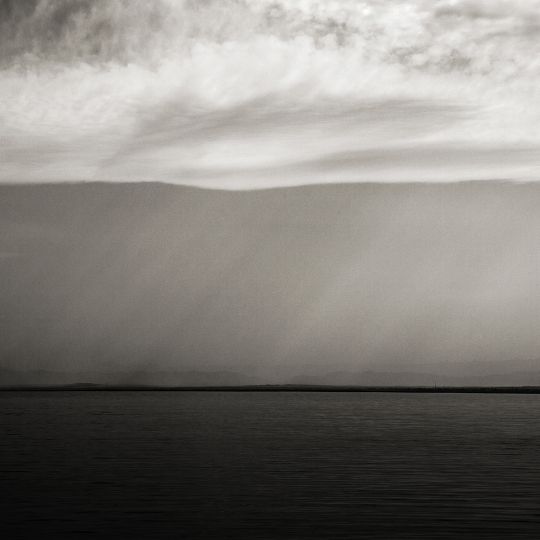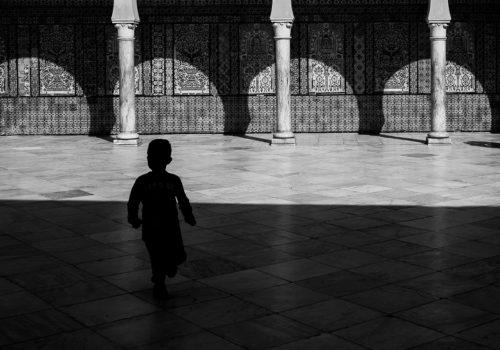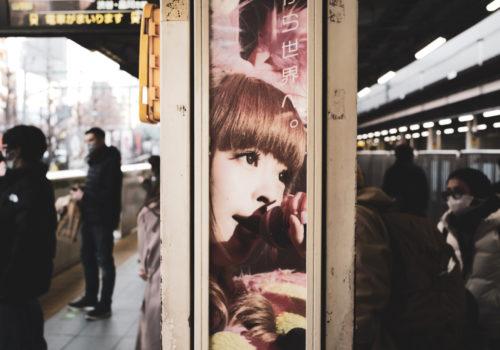Swede Axel Lindahl (1832–1906) was Knudsen’s most ardent competitor in the market. Lindahl made a great career as a portrait and landscape photographer in Sweden before he moved to Norway. The reason for his move was probably that business prospects for landscape photography were better in Norway, which was experiencing a rapid increase in foreign tourism. He also did several photographs of the Sami people in the north of Norway.
The Scottish photographer William Dobson Valentine (1844–1907) visited Norway several times between 1888 and 1893. His magnificent and monumental landscape pictures were produced for a fastidious international market. Unfortunately, all the negatives with Valentine’s Norway pictures were destroyed in a fire in 1961.
The exhibition shows a series of so-called “Mammoth plates” by William Dobson Valentine. “Mammoth plates” are large contact copies with a fantastic level of detail and range of tones. These photographs by Valentine were ”found” in Germany a few years ago and are very rare.
Galleri Balder
Riddervolds gate 9,

